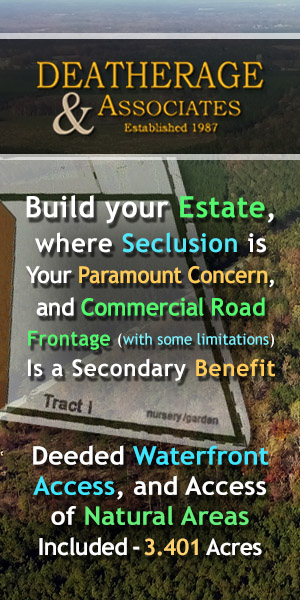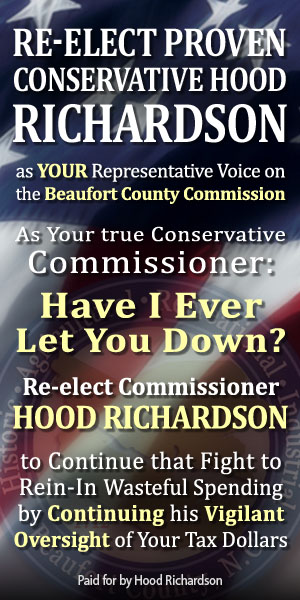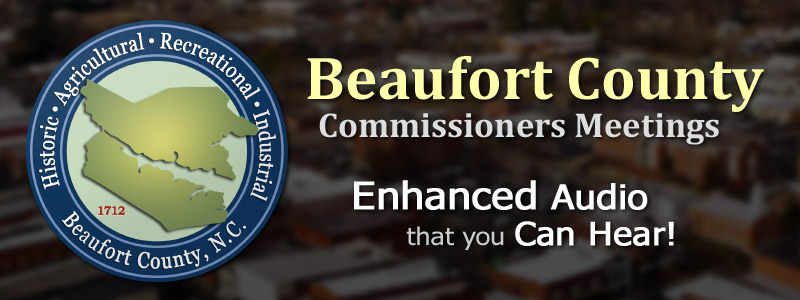Publisher's note: This article appeared on John Hood's daily column in the Carolina Journal, which, because of Author / Publisher Hood, is linked to the John Locke Foundation.
John Hood, president of the John Locke Foundation.
RALEIGH - Traffic jams happen when too many cars try to traverse too little roadway. Thus there are two main ways to reduce the number of traffic jams. One is to reduce the number of cars trying to travel the same road at the same time. The other is to increase the road capacity that cars can travel.*
Sounds simple enough, doesn't it? Only, we know that alleviating traffic congestion couldn't possibly be that simple, or else it would have happened already.
On the demand side of the traffic equation, we know that even when governments pull out all the stops to encourage people to walk, bike, carpool, or use transit,
the vast majority of people will continue to drive. Personal automobility is highly desirable. On the supply side of the traffic equation, building or expanding roads can have significant costs - not just in the form of taxes, fees, or tolls but also in regulatory delay, pork-barrel waste, and political gridlock.
While the resulting puzzle may seem impossible to solve, the truth is that metropolitan areas differ significantly in the degree of traffic congestion. Only some of the differences are attributable to the constraints of the natural environment. Public policy clearly matters, particularly as it influences the choices people make about where and how to live, work, shop, and play.
Although legions of government planners and editorial writers appear not to have learned this yet, traffic congestion tends to correlate with high densities, both in population and employment location. Communities where governments combat "sprawl" by encouraging or mandating high-density, transit-friendly development tend to experience more traffic jams. Communities where governments don't try to dictate high densities tend to have fewer traffic jams.
Look at the latest international comparisons of traffic congestion as measured by the
Tom Tom Traffic Index. In general, urban areas with higher numbers of people per square mile have higher congestion rates. Because the urban geography of the United States is more spread out than that of Europe, our average traffic congestion is significantly less than theirs.
The two American urban areas with the highest population densities, Los Angeles and San Francisco, happen to be the two American urban areas with the highest congestion rates on the Tom Tom Index. The other two U.S. cities ranked among the top-25 congested cities, Honolulu and Seattle, also have higher-than-average densities. On the other hand, most of the U.S. cities that rank among the 25 least-congested places have average to below-average population densities by American standards - and certainly below-average densities by European standards.
Among those least-congested cities on the Tom Tom Index is the Raleigh urban area, where there are about 1,700 people per square mile and traffic congestion increases travel times by an average of 12 percent. Compare that to the Honolulu urban area, with a similar population but much higher density (4,700 per square mile) and an average congestion-related delay of 28 percent.
Because most people will choose to drive even when pushed into higher-density living, that puts more cars on the same road at the same time, often going in the same direction. Traffic jams result. If you let people, employers, shopping centers, and other destinations spread out, however, that creates a more efficient use of road corridors and leads to shorter trips. In a sense, you reduce demand for any particular road while expanding the number of places where valuable new roads can be built at a lower cost, thus increasing supply.
Yes, I know none of this comports with what you hear from the Smart Growth lobby. The good news is that we live in a large, diverse country. Smart Growthers should simply act on their convictions and move to dense cities, leaving the rest of us alone so we can choose to live elsewhere. Because the daily commutes of Smart Growthers will be much longer as a result, they'll have more time to listen to National Public Radio and muse about their moral superiority. It's a win-win for everyone.
*A third option, by the way, is to improve the management of roads, including better signal synchronization and accident response. But that's a
subject for another day.


























